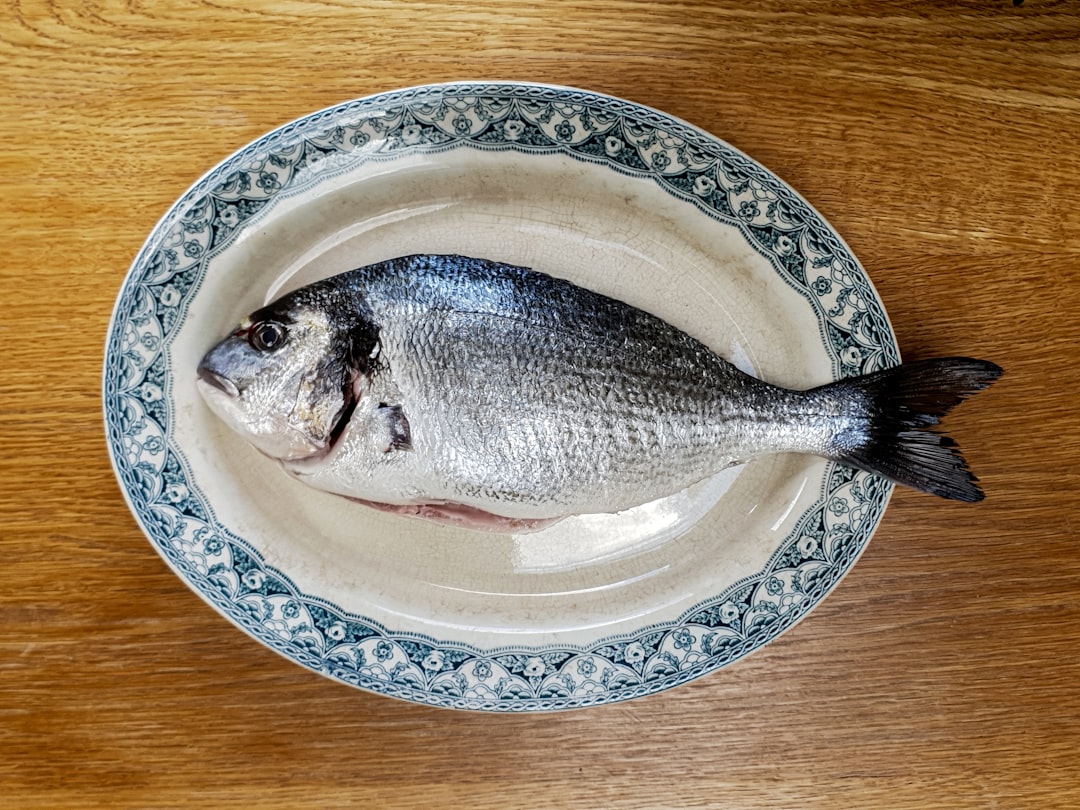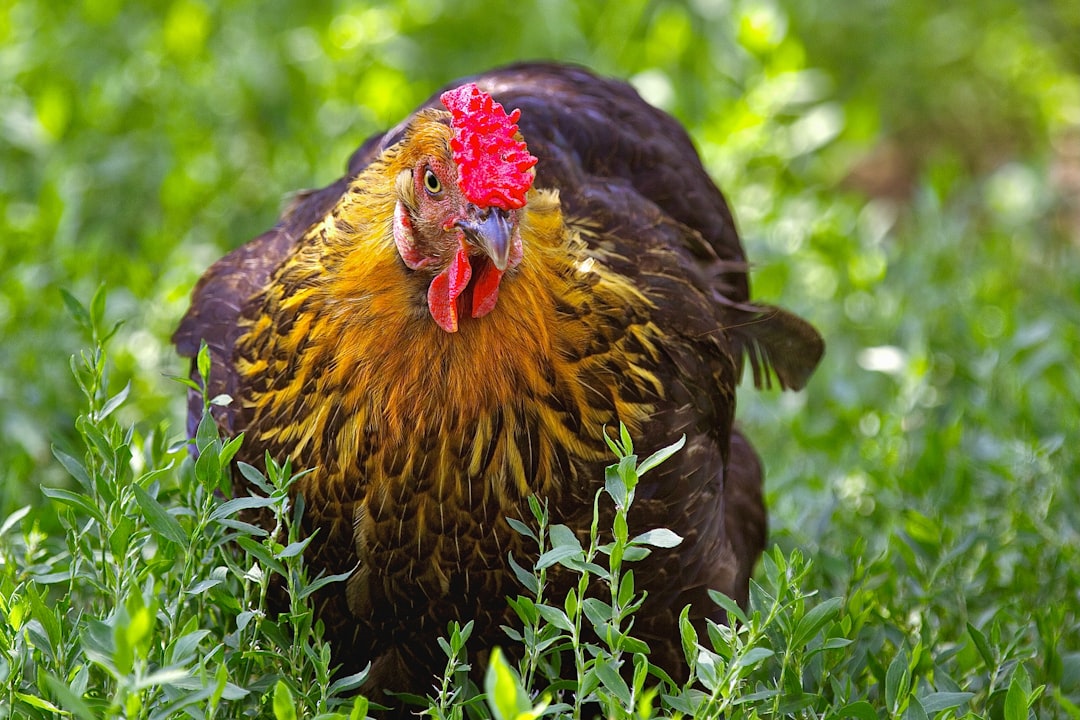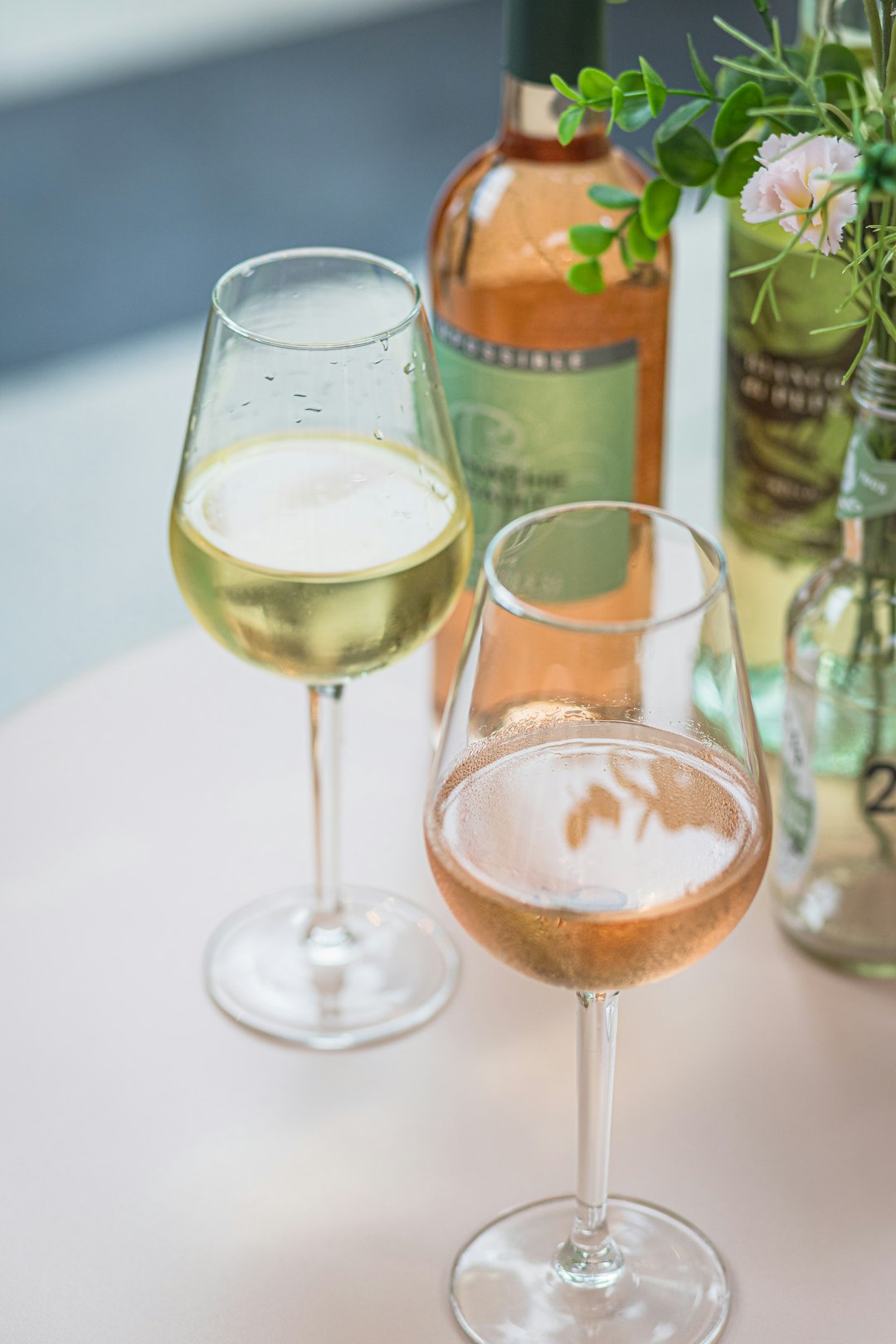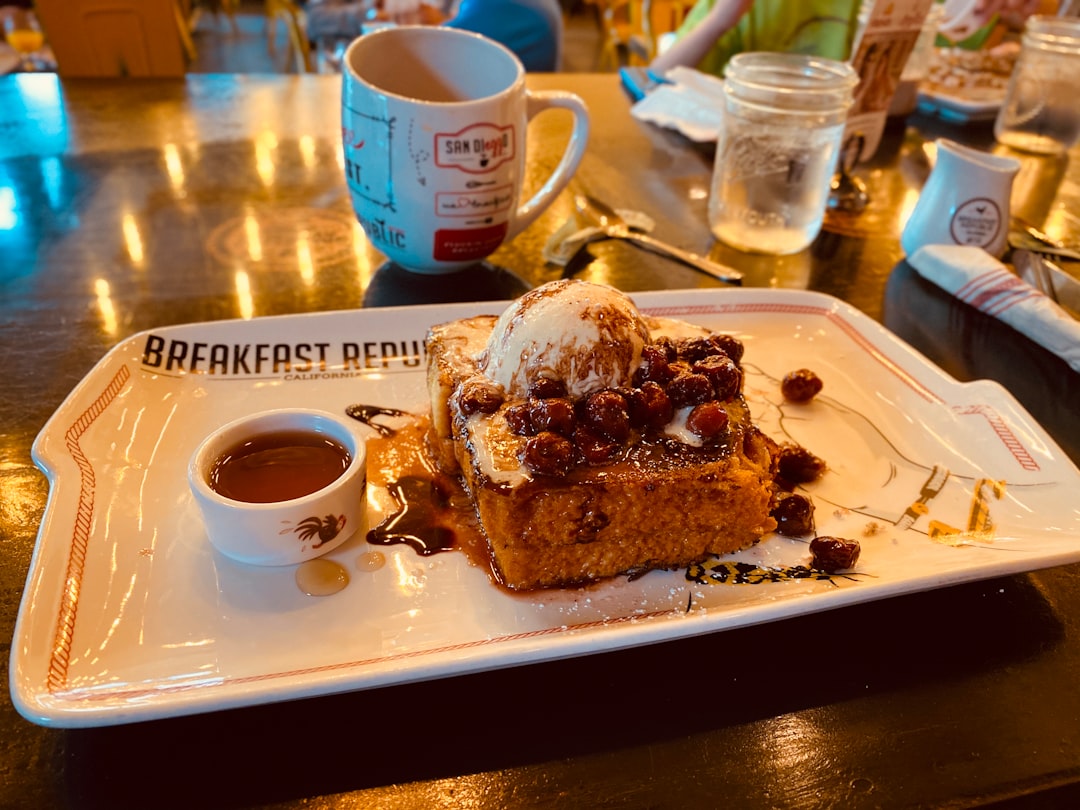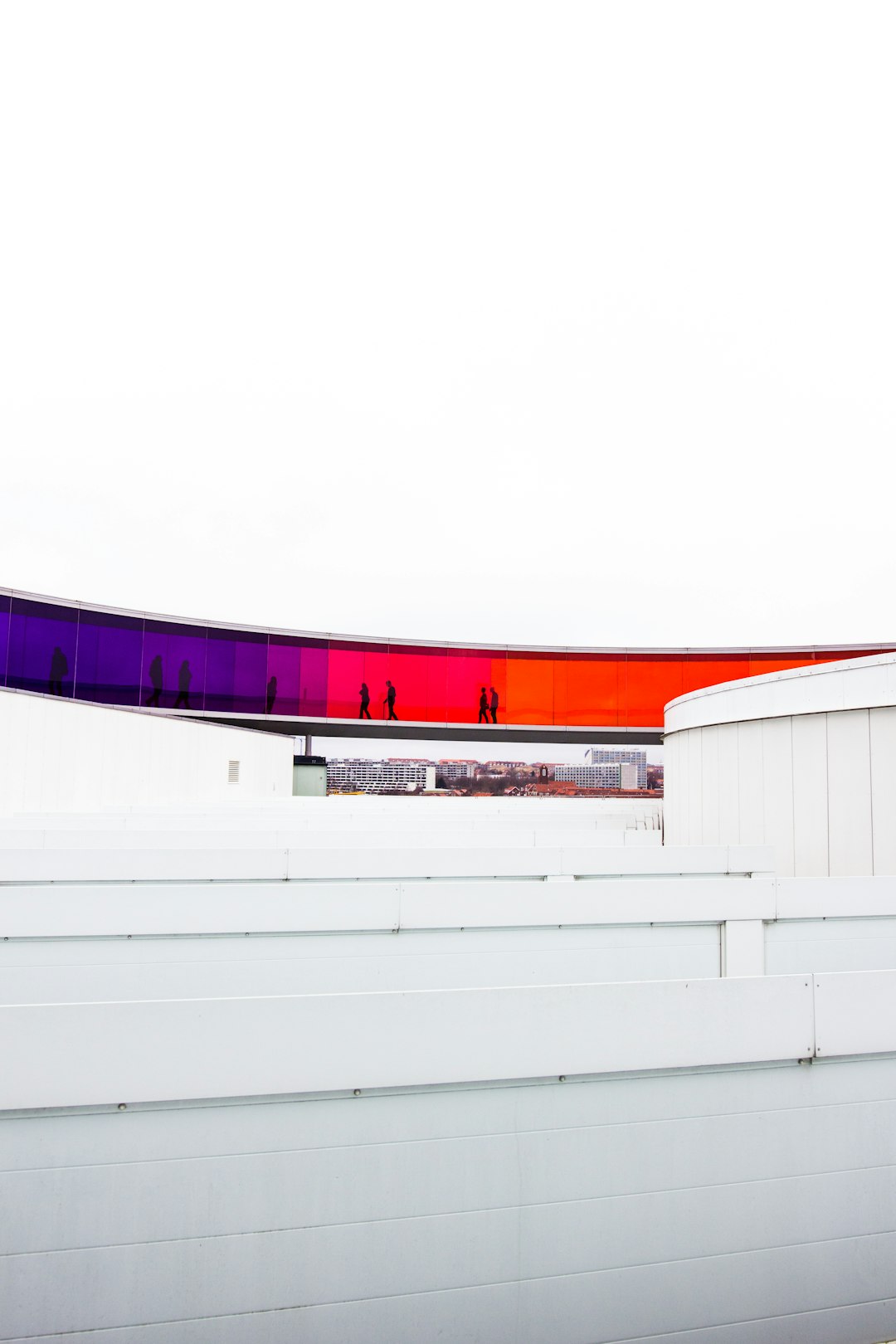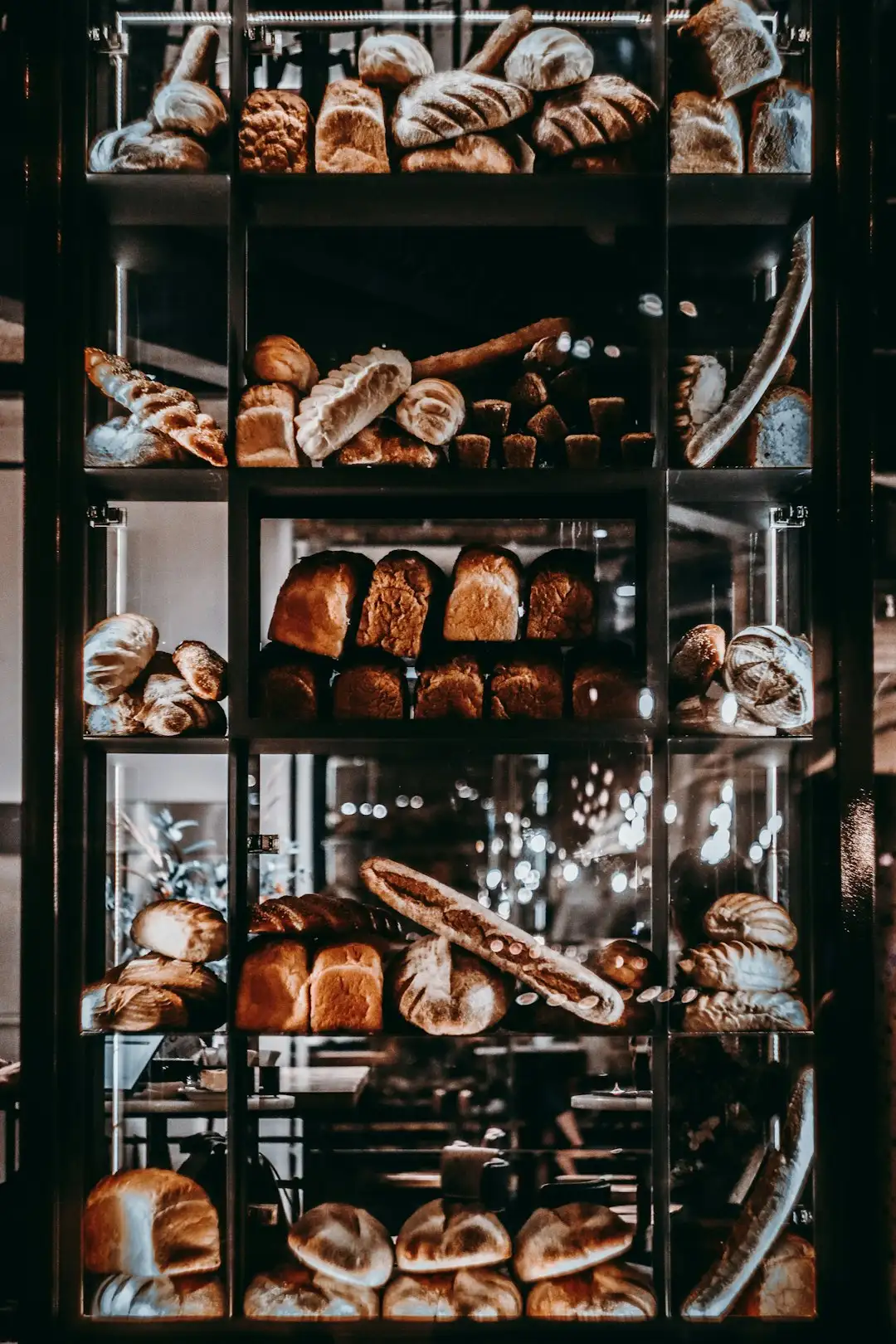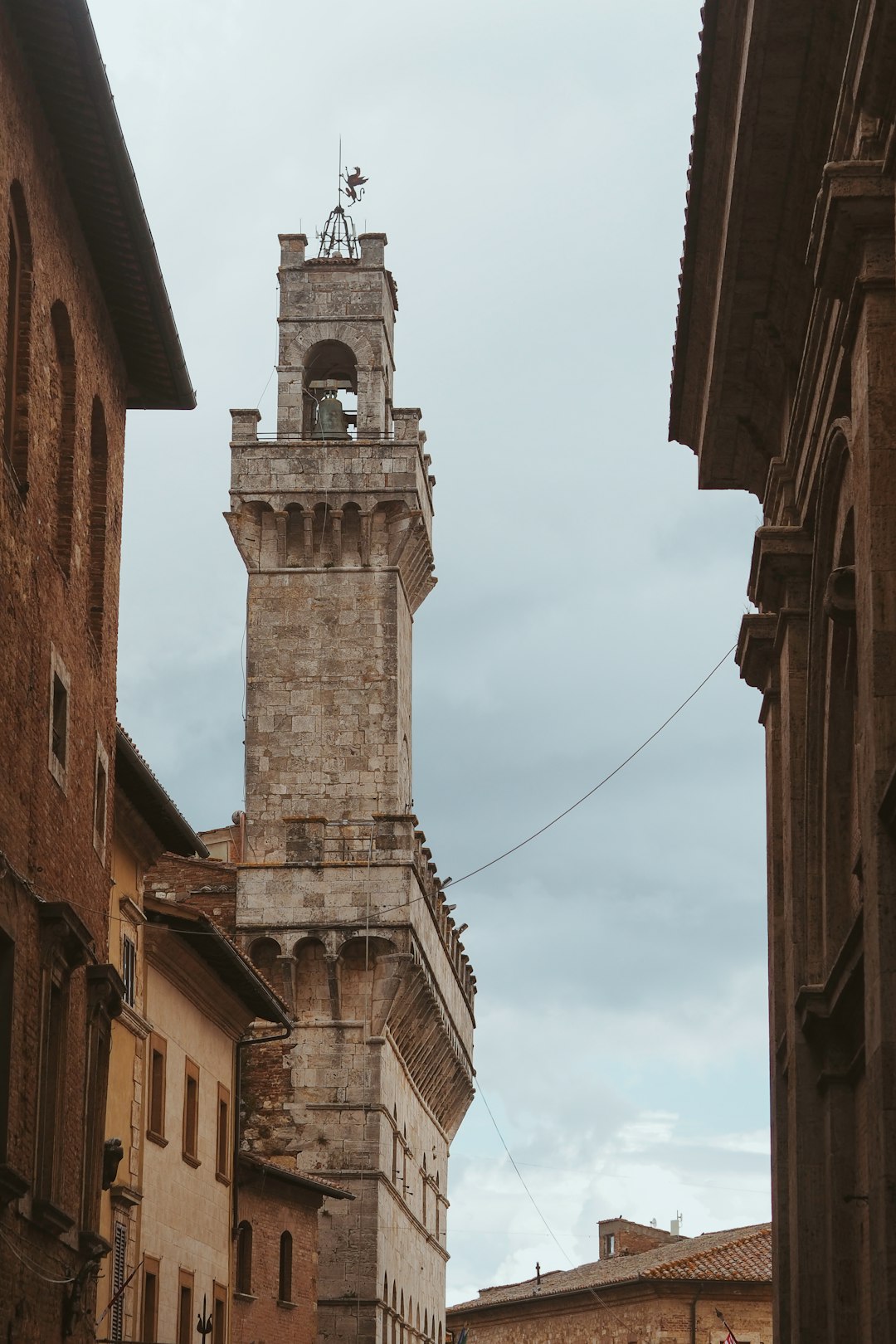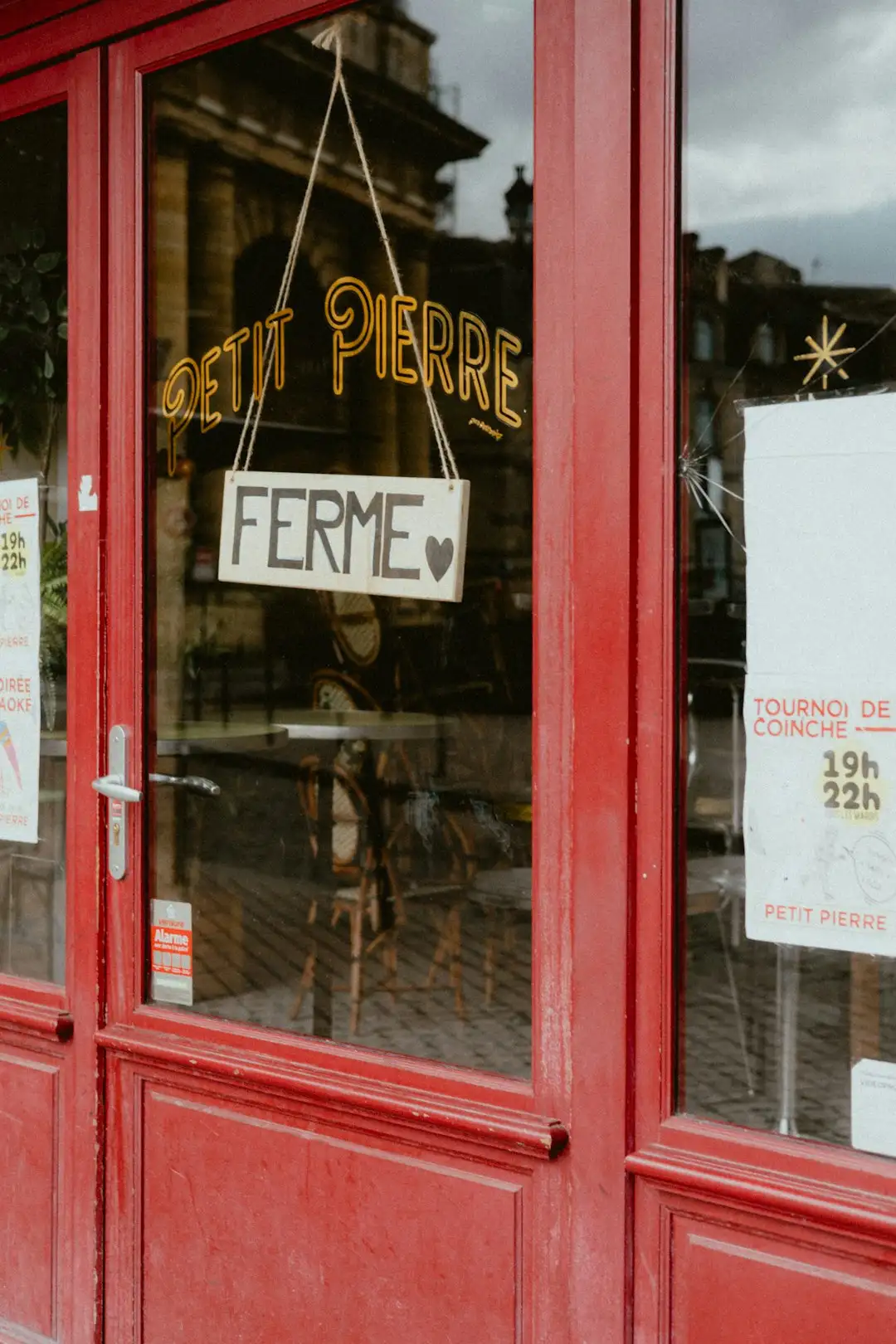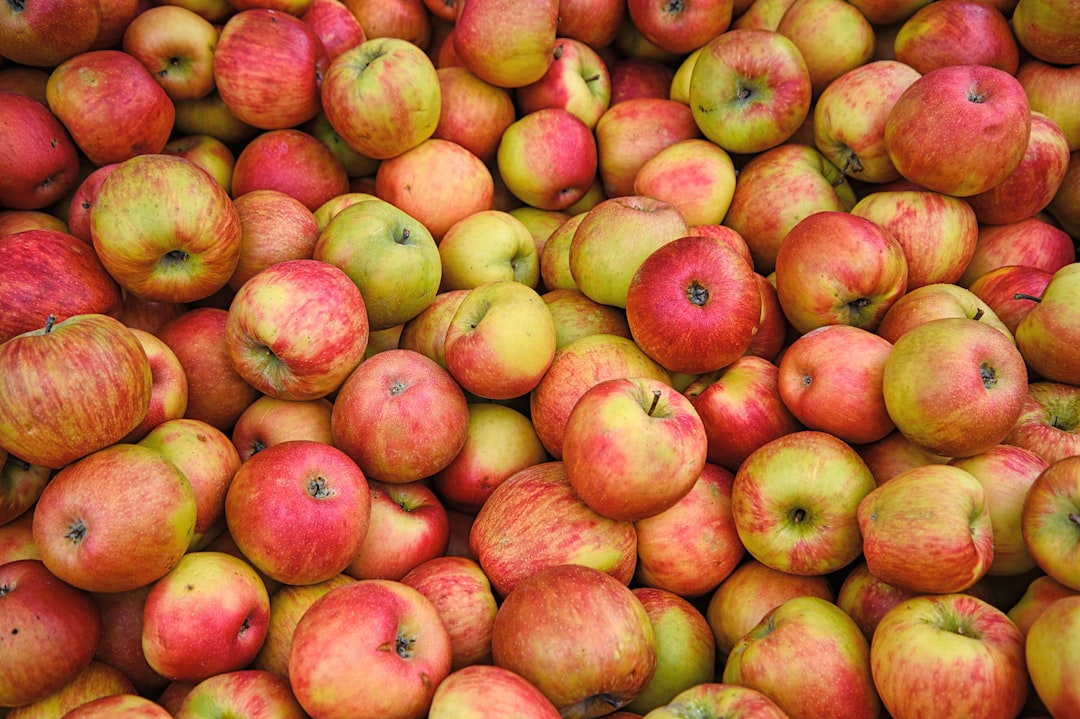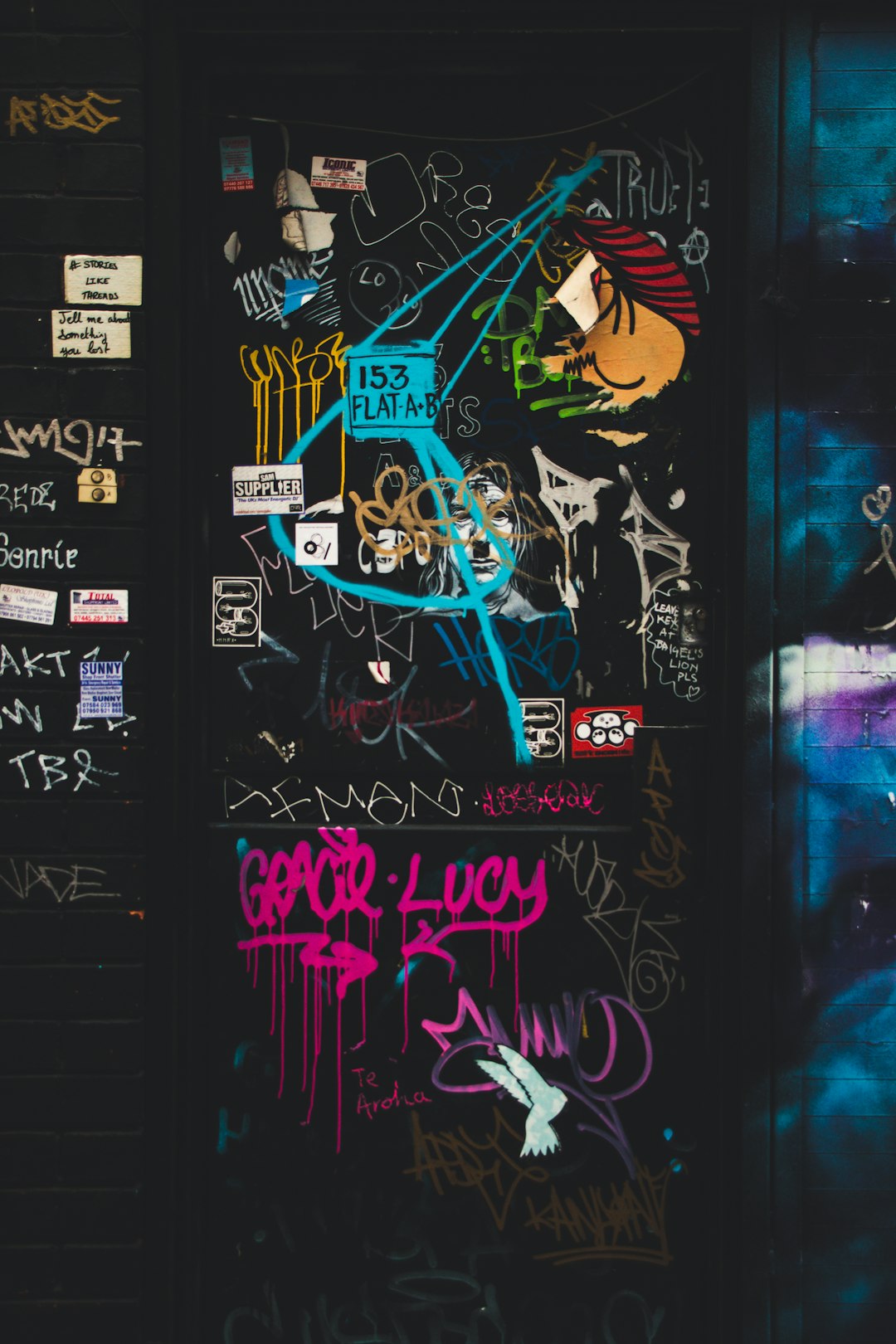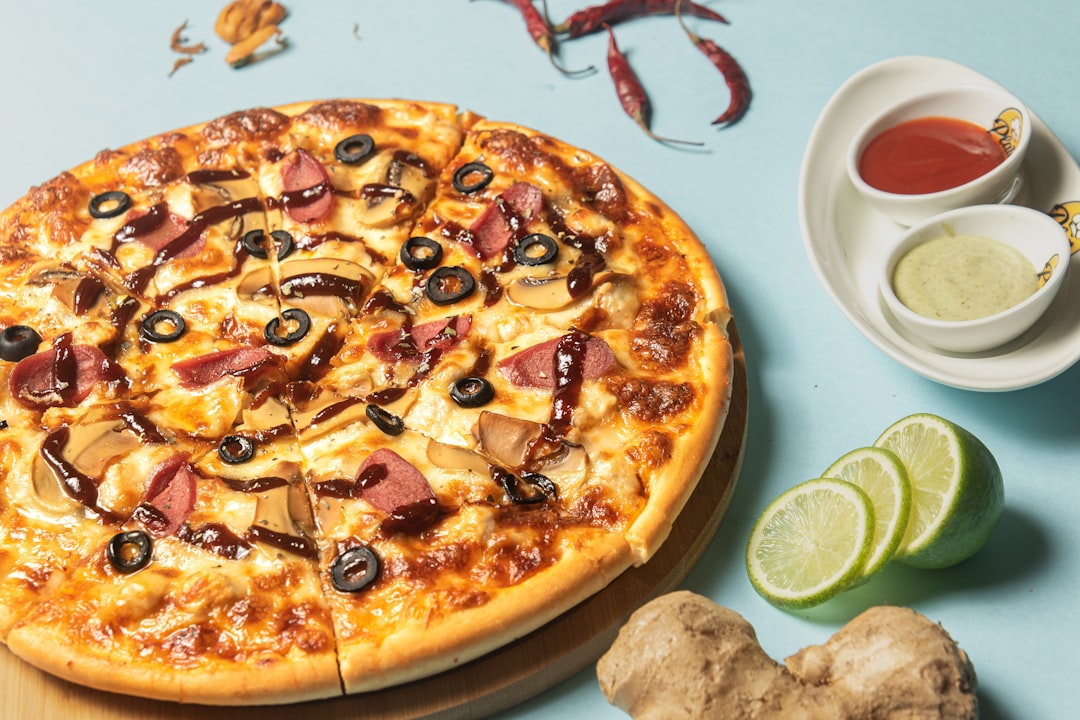
When it comes to the art of cooking and baking, precision is key. Every ingredient plays a vital role in the final outcome of a dish, and sugar is no exception. Whether you're making a decadent chocolate cake, a refreshing lemonade, or a savory barbecue sauce, getting the right amount of sugar can make all the difference between a culinary masterpiece and a disappointing flop. In this article, we'll explore the importance of measuring sugar correctly and provide you with some practical tips to ensure your recipes turn out perfectly every time.
First and foremost, it's essential to understand why accurate sugar measurement is so crucial. Sugar not only adds sweetness to your dishes but also affects their texture, moisture content, and browning. Too much sugar can make your baked goods overly sweet, dense, and prone to burning, while too little can result in a lack of flavor and a dry, crumbly texture. Additionally, sugar acts as a preservative, helping to extend the shelf life of your creations. Therefore, using the correct amount of sugar is essential for achieving the desired taste, texture, and quality of your food.
Now that we've established the importance of measuring sugar correctly, let's take a look at the different methods you can use to measure it. The most common way to measure sugar is by volume, using measuring cups or spoons. However, this method can be inaccurate, as the density of sugar can vary depending on factors such as how it's packed and the type of sugar you're using. For example, granulated sugar is less dense than brown sugar, which means that a cup of granulated sugar will weigh less than a cup of brown sugar. To ensure accurate measurements, it's best to use a kitchen scale to weigh your sugar.
When using a kitchen scale to measure sugar, it's important to use the correct unit of measurement. In the United States, sugar is typically measured in ounces or grams, while in other countries, it may be measured in kilograms or pounds. To convert between different units of measurement, you can use an online conversion tool or a conversion chart. Once you've determined the correct amount of sugar you need, place a bowl or container on the scale and tare it to zero. Then, add the sugar to the bowl until you reach the desired weight.
In addition to using a kitchen scale, there are a few other tips you can follow to ensure accurate sugar measurement. When measuring granulated sugar, it's best to spoon it into the measuring cup or spoon and level it off with a straight edge, such as a knife. Avoid packing the sugar down, as this can result in an inaccurate measurement. When measuring brown sugar, it's important to pack it firmly into the measuring cup or spoon to ensure that you're getting the correct amount. You can use the back of a spoon or your fingers to press the sugar into the cup or spoon and level it off.
Another important factor to consider when measuring sugar is the type of sugar you're using. There are several different types of sugar available, each with its own unique flavor, texture, and properties. Some of the most common types of sugar include granulated sugar, brown sugar, powdered sugar, and raw sugar. Granulated sugar is the most versatile type of sugar and can be used in a wide variety of recipes. Brown sugar is made by adding molasses to granulated sugar, which gives it a rich, caramel flavor and a moist texture. Powdered sugar, also known as confectioners' sugar, is finely ground granulated sugar that has been mixed with a small amount of cornstarch to prevent clumping. Raw sugar is a less refined form of sugar that retains some of the natural molasses and minerals found in sugar cane.
When choosing a type of sugar for your recipe, it's important to consider the flavor and texture you want to achieve. For example, if you're making a recipe that calls for a lot of sugar, such as a cake or a cookie, you may want to use granulated sugar, as it will dissolve easily and provide a neutral sweetness. If you're making a recipe that calls for a more complex flavor, such as a caramel sauce or a barbecue sauce, you may want to use brown sugar, as it will add a rich, caramel flavor and a moist texture. If you're making a recipe that calls for a fine, powdery sugar, such as a frosting or a dusting for pastries, you may want to use powdered sugar, as it will dissolve quickly and provide a smooth, creamy texture.
In conclusion, measuring sugar correctly is an essential part of cooking and baking. By using a kitchen scale, following the correct measuring techniques, and choosing the right type of sugar for your recipe, you can ensure that your dishes turn out perfectly every time. So the next time you're in the kitchen, take the time to measure your sugar accurately and enjoy the delicious results!

